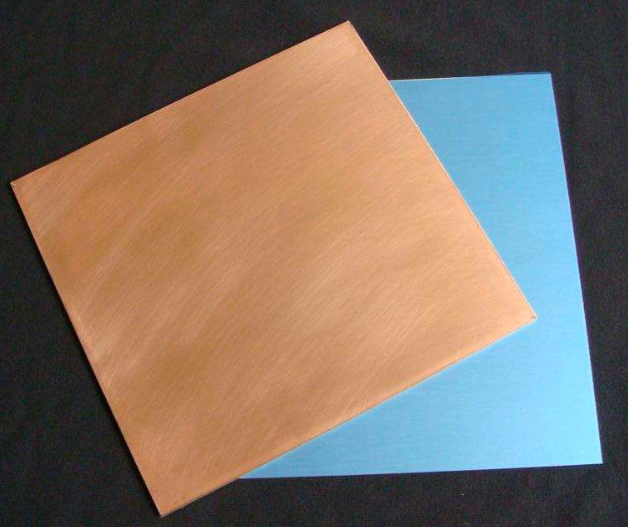Thermal Resistance of Aluminum-Based Copper Clad Laminates
- Iva Leung
- Jan 14, 2024
- 1 min read
Aluminum-based copper clad laminates, commonly referred to as aluminum substrates, are intricately tied to the thermal resistance, dielectric strength, and thermal conductivity, directly impacting the lifespan of these substrates. Their structure primarily consists of a circuit layer (copper foil), insulation layer, and metal base layer.
Thermal resistance of aluminum-based copper clad laminates describes the heat transfer capability of an object. This can be expressed using the thermal conductivity, or another characteristic parameter known as thermal resistance.
Thermal conductivity is suitable for representing the heat transfer properties of a homogeneous material. However, for composite substrate materials made of various components, the use of thermal resistance is more appropriate for quantifying their heat transfer capabilities.
In the context of heat conduction, the temperature difference (referred to as ΔT or thermal gradient) between the two surfaces of an object is the driving force for heat transfer. Thermal resistance (R) is equal to this temperature difference (T1 - T2) divided by the heat flow (P). Therefore, the lower the thermal resistance of the substrate material, the higher its heat transfer efficiency.
While a higher thermal conductivity value is generally preferred for aluminum substrates, thermal resistance is also a crucial factor in evaluating these substrates. Unfortunately, many aluminum substrate manufacturers in the market tend to overlook the numerical values of thermal resistance. In most cases, the thermal resistance of aluminum substrates is greater than 1. For high thermal conductivity aluminum substrates, the thermal resistance is typically less than 0.5 or even less than 0.1, highlighting the importance of achieving both high thermal conductivity and low thermal resistance in aluminum substrates.





Comments